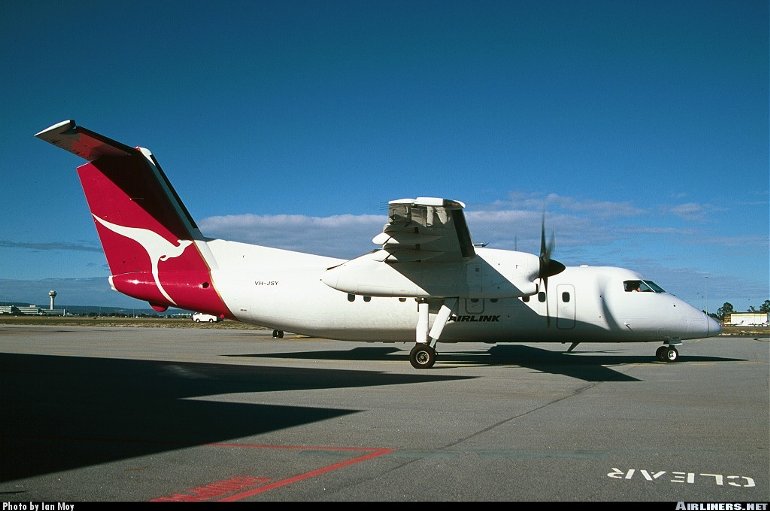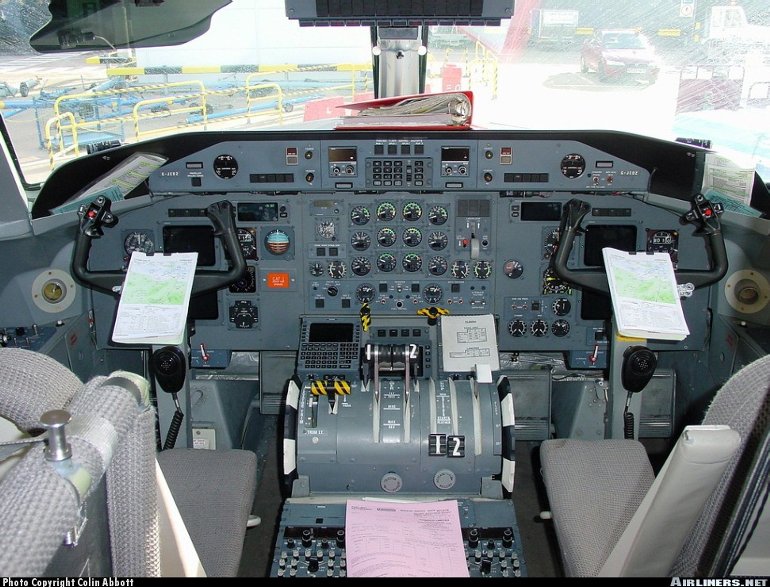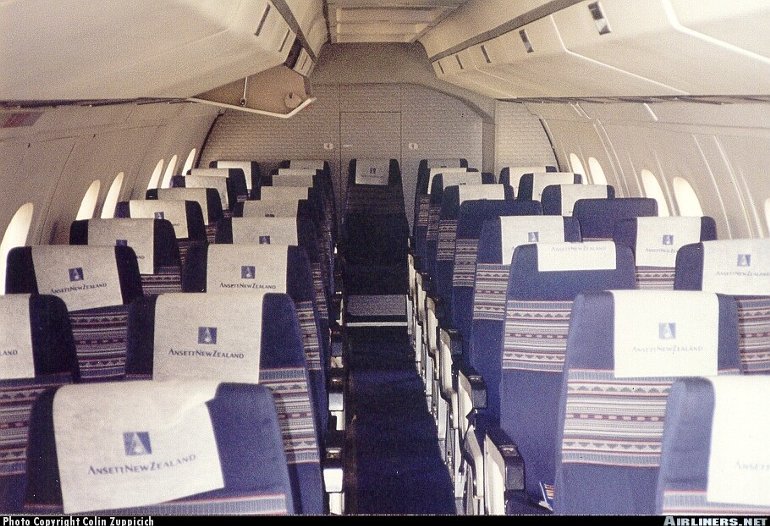Aircraft Technical Data
De Havilland Canada DHC-8-100/200 Dash 8



| Details | |
| Country of Origin | Canada |
| Type | Turboprop regional airliner |
| History | Bombardier's de Havilland Dash 8 has proven to be a popular player in the regional turboprop airliner market. De Havilland Canada began development of the Dash 8 in the late 1970s in response to what it saw as a considerable market demand for a new generation 30 to 40 seat commuter airliner. The first flight of the first of two preproduction aircraft was on June 20 1983, while Canadian certification was awarded on September 28 1984. The first customer delivery was to norOntair of Canada on October 23 1984. Like the Dash 7, the Dash 8 features a high mounted wing and Ttail, and has an advanced flight control system and large full length trailing edge flaps. Power meanwhile is supplied by two Pratt & Whitney Canada PW120 series (originally designated PT7A) turboprops. Initial Dash 8 production was of the Series 100, which was followed by the Series 100A in 1990. The 100A introduced a revised interior with extra headroom and PW120A turboprops. The Series 100B was offered from 1992 with more powerful PW121s for better climb and airfield performance. Production since switched to the improved performance Dash 8-200. Announced in 1992 and delivered from April 1995 the -200 features more powerful PW123C engines which give a 56km/h (30kt) increase in cruising speed, as well as greater commonality with the stretched Dash 8300. The 200B derivative has PW123Bs for better hot and high performance. From the second quarter of 1996 all Dash 8s delivered have been fitted with a computer controlled noise and vibration suppression system (or NVS). To reflect this the designation was changed to Dash 8Q (Q for `quiet'). In 1998 that was changed again to Dash 8 Q200 when a new interior was introduced. |
| Powerplants | 100 - Two 1490kW (2000shp) Pratt & Whitney Canada PW120A turboprops driving four blade constant speed Hamilton Standard propellers. 100B - Two 1605kW (2150shp) PW121As. 200 - Two 1605kW (2150shp) PW123Cs in 200A, or two PW123Ds in 200B. |
| Performance | 100A - Max cruising speed 490km/h (265kt), long range cruising speed 440km/h (237kt). Initial rate of climb 1560ft/min. Range with full passenger load, fuel and reserves 1520km (820nm), range with a 2720kg (6000lb) payload 2040km (1100nm). 100B - Same except max cruising speed of 500km/h (270kt). 200A & 200B - Same except max cruising speed 546km/h (295kt). Initial rate of climb 1475ft/min. Range with 37 passengers 1795km (970nm). |
| Weights | 100A - Operating empty 10,250kg (22,600lb), max takeoff 15,650kg (34,500lb). 100B - Operating empty 10,273kg (22,648lb), max takeoff 16,465kg (36,300lb). 200A & 200B - Operating empty 10,434kg (23,004lb), max takeoff 16,465kg (36,300lb). |
| Dimensions | Wing span 25.91m (85ft 0in), length 22.25m (73ft 0in), height 7.49m (24ft 7in). Wing area 54.4m2 (585.0sq ft). |
| Capacity | Flightcrew of two. Typical passenger seating for 37 at four abreast and 79cm (31in) pitch, max seating for 40. |
| Production | 347 Dash 8-100s/-200s in service or on order at late 1998. |
| Related Links | De Havilland Canada DHC-8-100/200 Dash 8 |
The backbone of this section is from the The International Directory of Civil Aircraft by Gerard Frawley and used with permission. To get your own copy of the book click here. |
|








